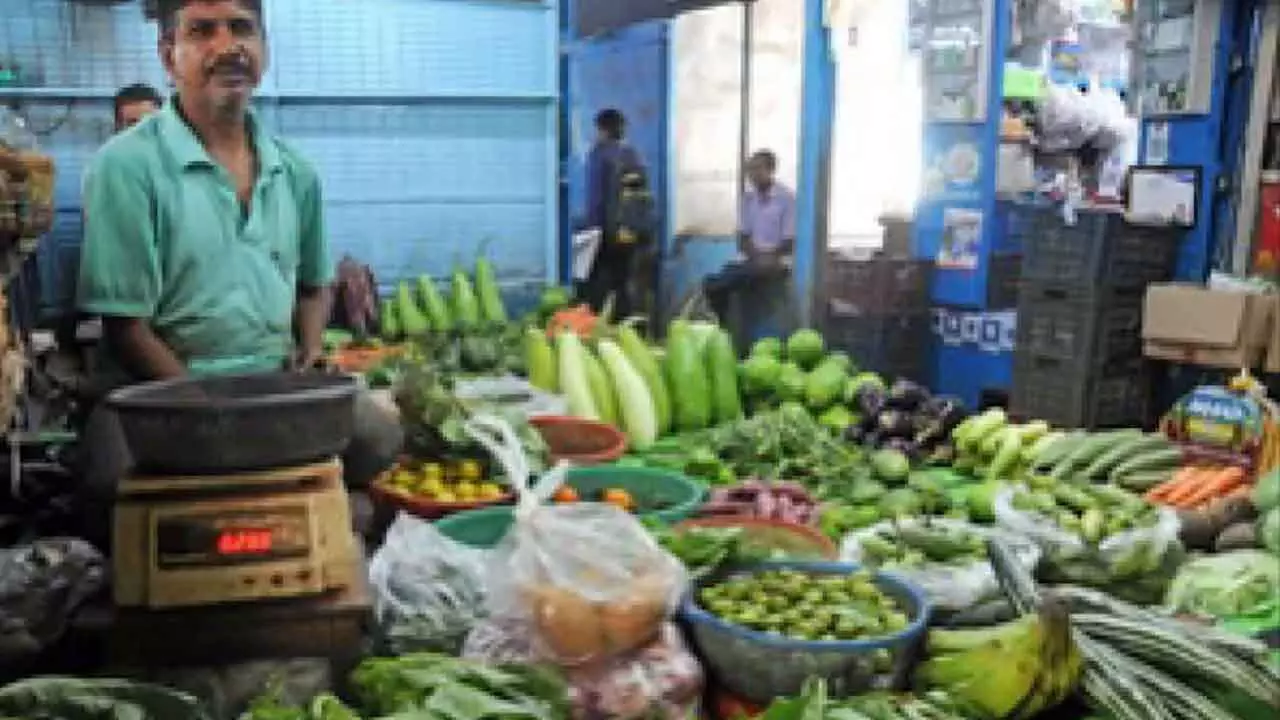CPI Inflation Downtrend Will Boost Private Final Consumption Expenditure
CPI Inflation Downtrend Will Boost Private Final Consumption Expenditure

Softening of CPI inflation, which was down to its five-year low of 3.34 per cent in March mostly due to easing of food prices, especially of vegetables, eggs, spices, and pulses, is bound to eventually boast private final consumption expenditure, the largest component of GDP. This is irrespective of the core inflation being stable at 4.2 per cent. It will provide comfort to the Reserve Bank of India (RBI), which can reduce interest rates in the next bi-monthly MPC meeting. Undoubtedly, this move will further reduce industries’ debt burden.
Moving ahead, as per PHDCCI, the CPI inflation is expected to remain within RBI’s target band due to predicted normal monsoon and decrease in international crude oil prices. The crude prices is expected to be range bound between $60 and $65 per barrel in the short to medium term further boosting private final consumption expenditure and thereby help bolster economic growth.Emkay predicts that notwithstanding, the recent gold price moves, core inflation is expected to hover at around 4.1-4.2 per cent, with possible deflationary effect of tariff volatility.
A June rate cut is a given but further 25-50bps cuts could take the terminal rate to 5.25 per cent. Food prices, especially vegetables, will have a significant positive base effect in FY26, with the trend likely to continue if the above-normal monsoon forecast of the India Meteorological Department (IMD) pans out. It defines average or normal rainfall as ranging between 96 per cent and 104 per cent of a 50- year average of 87 cm for the four-month season.
This is important since monsoon is crucial for India's agriculture sector, which supports the livelihood of about 42.3 per cent of the population and contributes 18.2 per cent to the country's GDP. Approximately, 52 per cent of the net cultivated area relies on the primary rain-bearing system. It is also critical for replenishing reservoirs in order to ensure availability of drinking water, apart from power generation.Thus, analysts see FY26 headline inflation at 3.8-3.9 per cent.
Lower food prices should pass through to core inflation as well, notwithstanding the recent uptick due to supply-side gold price dynamics. With domestic demand still subdued and given a possible tariff-led domestic deflationary impulse, core inflation also has downside risk.With the extent of the trade/tariff uncertainty being difficult to fathom at present, the monetary policy may need to do the heavy lifting in India by being more countercyclical than fiscal this year. Post-June, experts do not rule out another 25-50bp cut, which could take the terminal rate to 5.25 per cent in this cycle.
Fluid global dynamics will require the RBI to be nimble in managing any risk of tighter financial conditions. A rise in temperatures going ahead could raise prices of perishables in the coming weeks. While the initial forecast of an above normal monsoon is encouraging, the timing and distribution will hold the key as regards implications for agriculture output and food inflation going ahead.

